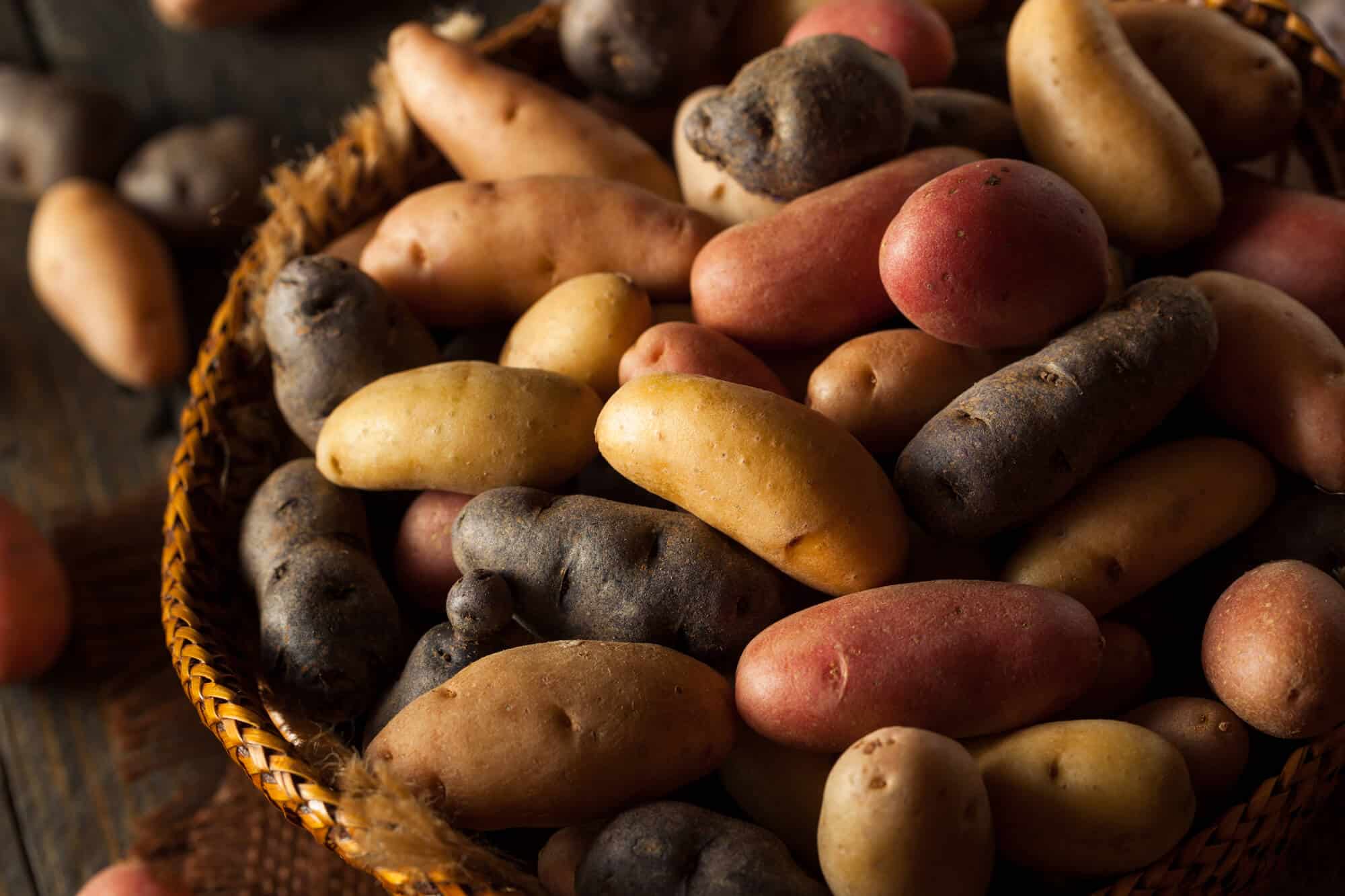Researchers from the Faculty of Agriculture developed biological sensors in potatoes through genetic engineering, which warn in real time about the distress of the plant

Plants live in changing environmental conditions and are immobile and therefore exposed to the elements and to many pests such as fungi, bacteria and insects. All of these may cause increased production of free radicals and damage to the efficiency of the photosynthesis process leading to a decrease in yield. Early identification of the development of stress conditions in the field allows measures to be taken to protect the crop in real time and is therefore of great importance for preventing crop loss and maintaining nutritional security. In a new study published in the journal Plant Physiology led by Dr. Sheila Rosenwasser from the Department of Plant Sciences in the Faculty of Food and Environmental Agriculture of the Hebrew University, molecular biosensors were developed in the potato plant, which enable real-time monitoring of the development of stress conditions in plants.
The purpose of the research is to develop innovative, non-destructive methods for the early detection of the development of stress conditions and nutrient deficiencies, at the level of the whole plant, in potato plants by using molecular biosensors. The great importance of potato plants as a source of food in the world led the researchers to first examine the effectiveness of the sensors in these plants. In Israel too, the cultivation of potatoes is known to be of great importance, as the plant accounts for about 40% of the quantitative export of fresh vegetables. The team of researchers used methods of genetic engineering, in order to produce potatoes that naturally produce the sensors.
"In fact, we created potato plants that express molecular sensors that allow sensing of the level of free radicals in specific sections of the plant cell," explained Dr. Rosenwasser. "The signals sent from these sensors can be monitored by taking pictures with a high-sensitivity fluorescent camera." The researchers examined the use of a biosensor, reduction-oxidation sensitive green fluorescent protein (roGFP) whose spatial shape and fluorescent properties change according to the level of free radicals in its environment. In the current study, the researchers placed the sensors in the chloroplasts, the organelle in the cell where the photosynthesis process takes place, the process in which light energy is converted into chemical energy.
Matanel Hifesh, the research student who produced the plants, explained the findings: "We found that exposure of potato plants to various stress conditions such as high radiation, extreme temperature (cold or heat) and dry conditions cause an increase in the level of free radicals in the chloroplast which can be monitored using the bio- A sensor that will be tested". It was also found that this increase occurs in the first stages of the development of the stem corresponding to the decrease in the photosynthetic activity and before visual changes can be detected in the plant. In addition, monitoring the sensor signals at the level of the whole plant taught about the spatial variation in the development of stress conditions in the various organs of the plant.
"We train that apart from using the technology developed to deepen the understanding of plant responses to stress situations and dealing with them, this research has many practical implications," added Dr. Rosenwasser, "among them, the system developed allows for a quick and non-destructive test of the activity of a variety of materials aimed at improving resistance Plants for changing environmental conditions. In addition, the integration of the plants developed in the breeding programs will accelerate the development of potato varieties that are resistant to stress conditions, such as drought and heat. And finally, a combination of the plants developed in agricultural fields can be a breakthrough in the early diagnosis of the development of stress conditions in the field and thus minimize the damage caused to the crop." In the future, the combination of additional sensors and the creation of lines that express them in a variety of intracellular compartments, will enable the early detection of additional disorders such as diseases caused by fungi and insects.
The study was carried out by researchers from the Hebrew University and Dr. Nardi Lampel, Dr. Einat Zelinger, Oral Barda and Daniel Viger also took part in it.
More of the topic in Hayadan:
